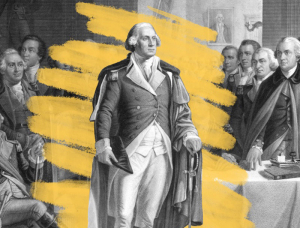Citizen Kane was a financial flop until a rerelease 15 years later.
The 1941 film Citizen Kane is often cited as the greatest movie of all time, topping the lauded once-per-decade Sight and Sound poll in 1962, 1972, 1982, 1992, and 2002 before finally being dethroned by Vertigo in 2012. It received nine Academy Award nominations, winning Best Screenplay while famously losing Best Picture to John Ford’s How Green Was My Valley, and has influenced nearly a century’s worth of filmmakers. It also attracted no shortage of controversy, as director and star Orson Welles’ feature debut was clearly inspired by newspaper magnate William Randolph Hearst, who did everything in his power to prevent the movie from being seen. As a result of his successful (and devious) efforts, Citizen Kane was initially a financial failure, losing RKO Pictures some $150,000 (about $3 million today).
It wasn’t until the film was rereleased 15 years later, after Hearst’s death, that the movie got its due. This was partially thanks to the critical acclaim the film received upon its initial release and in the years that followed. Cahiers du Cinéma co-founder André Bazin called Citizen Kane “a revolution in film language,” and John O’Hara of Newsweek wrote that “your faithful bystander reports that he has just seen a picture which he thinks must be the best picture he ever saw.” With Hearst out of the picture and more than a decade’s worth of glowing reviews, the controversy that overshadowed the film’s initial release had more than subsided by the time Citizen Kane was rereleased.







